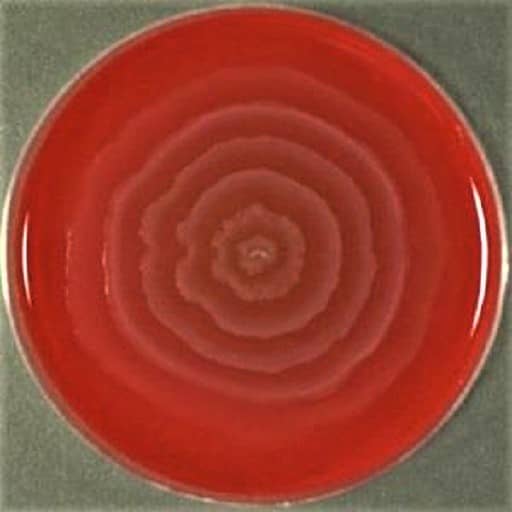

Ureolytic assays were performed on Christensen medium (Stankowska et al. mirabilis O18 strain was cultivated at 37 ☌ for 72–96 h without shaking in LB broth (pH 7.0) supplemented with ampicillin or in liquid Christensen medium (pH 6.8) without a phenol red indicator, supplemented with tetracycline (10 μg/mL) to avoid contamination during long-time cultivation. 2012), strain was also tetracycline resistant (tet R). The strain was transformed by plasmid pDsRed2 (Amp R) (Stankowska et al. mirabilis O18 laboratory strain PrK 34/57 was obtained from the Czech National Collection of Type Cultures.

The developing biofilms were assessed by various microscopic and laser interferometric methods. mirabilis O18 biofilm formation in the presence of urea, a urease inhibitor (AHA), and BHL. 2012), and it was shown that only one out of six AHLs, that is, N-butanoyl homoserine lactone (BHL), influences biofilms formed by P.
Proteus mirabilis colony morphology series#
mirabilis O18 biofilm formation in the presence of a series of six derivatives of homoserine lactones (AHLs). In our previous studies, we focused on the process of P. Being a urea analog, AHA is administered in order to prevent the formation of renal struvite stones by inhibition of the urease activity of P. Antibiotic treatment of CAUTIs is accompanied by the use of acetohydroxamic acid (AHA), a urease inhibitor (Morris and Stickler 1998). mirabilis catheter encrustation (62 %) develop bladder stones later on (Jacobsen and Shirtliff 2011). The majority of patients with recurrent P. Biofilms are a serious medical problem during catheter-associated urinary tract infections (CAUTIs) due to the blockage of catheters. exopolysaccharide matrix has not been fully determined yet (Rahman et al. Biofilm formation, swarming motility, and ureolytic activity are virulence factors characteristic of P. 2001), leading to serious medical problems. Almost 90 % of UTIs are ascending, with bacteria gaining access to the urinary tract via the urethra, first infecting the bladder and then the upper part of the urinary tract (Hryniewicz et al. Urinary tract infections (UTIs) are commonly caused by Escherichia coli and Proteus mirabilis strains. Spectroscopic studies revealed differences between biofilm and planktonic cells indicating that polysaccharides and nucleic acids are involved in extracellular matrix and biofilm formation. This may suggest that the use of urease inhibitors in CAUTIs may by less effective than in other urease-associated infections. Laser interferometric determination of diffusion showed that urea easily diffuses through P. The presence of a quorum-sensing molecule ( N-butanoyl homoserine lactone, BHL) increased biofilm thickness and its ureolytic activity. Confocal microscopy revealed morphological alterations in biofilms treated with urea and a urease inhibitor (acetohydroxamic acid, AHA), as some swarmer cells were found to protrude from the biofilm. The present study is focused on ureolytic activity and urease inhibition in biofilms generated by P. Proteus mirabilis is a pathogenic gram-negative bacterium that frequently causes kidney infections, typically established by ascending colonization of the urinary tract.


 0 kommentar(er)
0 kommentar(er)
